The most valuable resource on Earth is no longer oil or gold, it’s data. Data drives the world’s economy and should be the basis for all business decisions, including project management. Leaders in marketing or creative services need to have strong visibility into all areas of their operations to manage teams effectively. The best way to do that is with comprehensive KPI reports compiled and delivered by robust project management software. After all, if you can’t measure it, you can’t manage it. So, to help make your reports as useful as possible, here are the top creative project KPIs you need to track.
Total project cost
This may be the single most important metric when it comes to project management. If your project comes in way over budget, no one will care if you got it done sooner than expected. Tracking total project cost is as simple as quantifying your team’s time using either a specific hourly rate or a blended average, along with any external costs for outside vendors and production. You should strive to track project costs by client, by project and by specific task for better reporting.
Estimated revenue per project
What good is measuring project cost — or doing projects at all — if you’re not going to track the revenue those projects bring in? Proving your team’s ROI is critical for ensuring your work stays in-house and isn’t outsourced to an agency or other vendor. You can help gauge the revenue value of your team’s projects by tracking the use of your creative assets through your CRM (customer relationship manager) or marketing automation tool. When a sale is made, you should look back through the interactions between sales and the customer to see how your creative materials factored into the engagement.
Project lead time
Knowing how long it takes your team to complete every kind of project is essential for proper planning and project management. As you open new projects, you should be able to generate estimates for each unique type of creative requested, i.e. web pages, design pieces, long written pieces, etc. You should also be able to estimate the length of each task for those project types so that you can be more flexible about the type of work you accept and more accurate when predicting cost and completion.
Projects in process, and projects completed
OK, so these are really two different metrics. But the point is you need to actually measure the amount of work you’re getting done. It seems like a simple concept, but you’d be surprised how often marketing and creative teams are unable to quantify their productivity. Project management tools make it simple to identify how many projects have been completed, how many projects are currently underway and how many projects are yet to begin.
Achieving planned capacity
Measuring your team’s productivity against capacity is another important KPI that every creative team should be tracking. For example, you should be able to say that your team was at 80% capacity for the week, meaning they are working to their fullest, allowing for deviation while minimizing the risk of tasks getting missed. To measure this KPI, simply look at the hours tracked on individual tasks in a given week and measure that against their overall available hours. Tracking this KPI will help your team be more agile by providing a reliable indicator of project lead time. It can also help you make the case for additional resources if your team is consistently approaching the limits of their capacity.
This is by no means an exhaustive list of all the project KPIs you should be keeping your eye on. But they are the most important. By adding a project management tool that translates all of your project data into easily understood reports, you can be more efficient, more productive, and ultimately bring more value to your organization.



